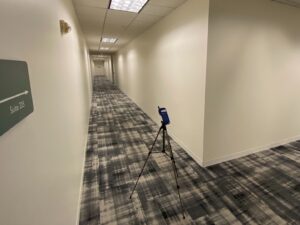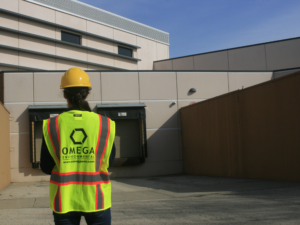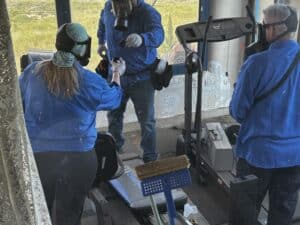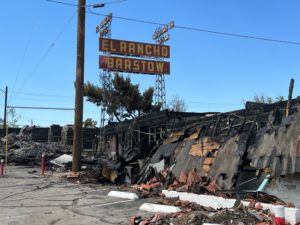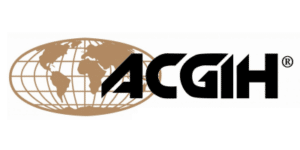Return to Work Safely: How to Ensure Your Workplace is Safe for Occupancy

The global COVID-19 pandemic has led to unprecedented disruption for many industries. As businesses around the world prepare to return to buildings and workplaces that have been closed for months, ensuring the safety of returning workers is critical. Omega’s team of principal scientists, infectious disease experts, public health professionals, industrial hygienists, and other environmental experts have developed detailed guidelines for reopening safely.
General building maintenance prior to reopening office buildings and other high occupancy workplaces is an important part of reducing the risk of viral transmission and providing peace of mind to employees going back to their desks after months of working from home. The following guidelines should be part of a comprehensive health and safety plan.
If COVID-19 exposure has occurred or is suspected, you should review the evolving disinfection guidance from the U.S. Centers for Disease Control and strongly consider using the services of a professional provider of microbial decontamination and sanitation services like Omega.
Cleaning and Disinfecting High-Occupancy and High-Traffic Areas
Prior to reopening, building owners should plan to conduct deep cleaning and disinfection of all interior spaces, with a focus on high-touch surfaces. While buildings may have remained largely empty for several months, employees and housekeeping staff may have entered office spaces during the vacancy, leading to potential viral contamination of surfaces.
Ensuring Adequate Indoor Air Quality (IAQ)
Make sure that heating, ventilation, and air conditioning (HVAC) systems and building environmental controls have been optimized for proper ventilation of indoor spaces. Property managers should perform the following tasks:
- Conduct routine maintenance on HVAC systems, including filter replacement
- Adjust central air distribution systems to limit air recirculation within the building
- Maintain adequate thermal IAQ parameters, including temperature and relative humidity.
Building owners should also consider conducting a microbial indoor air quality assessment to ensure health risks to employees are minimized. Mold, mildew, dust, and other allergens may have accumulated while your workplace was vacant, which pose health risks on their own in addition to the added risk and fear that coughing and sneezing will generate while the threat of coronavirus remains.
Restoring Water Quality in Buildings Left Vacant
Reduced water usage in buildings left vacant for weeks to months can cause water to stagnate within pipes, which can cause bacterial outbreaks such as Legionnaires’ disease. Before resuming activities in workplaces that have been unused for long periods, building owners should:
- Flush hot and cold water systems through all points of use, including sinks, showers, and drinking water fountains.
- Conduct cleaning and disinfection of any biofilms have built up in water cooling towers and indoor or outdoor decorative water features.
Infection Prevention Expertise
As part of our COVID-19 infection control services, Omega’s staff can develop a detailed, site and industry-specific set of reopening and business continuity guidelines for minimizing the health and safety risks in your workplace. These guidelines offer tailored recommendations for minimizing infection risks on an ongoing basis with preventive measures and detailed protocols that include:
- Enhanced cleaning and disinfection
- Building maintenance
- Employee & worker protection
- Building operations and maintenance
- Administrative controls
- Occupant density control
- Screening
- Training
- Record keeping
- Risk communication
To learn more about our services for workplace environmental safety, including assessments and remediation for lead, asbestos, mold and moisture, PCBs, indoor air quality and hazardous materials, give us a call or click on the link below.




